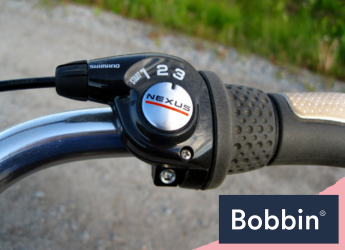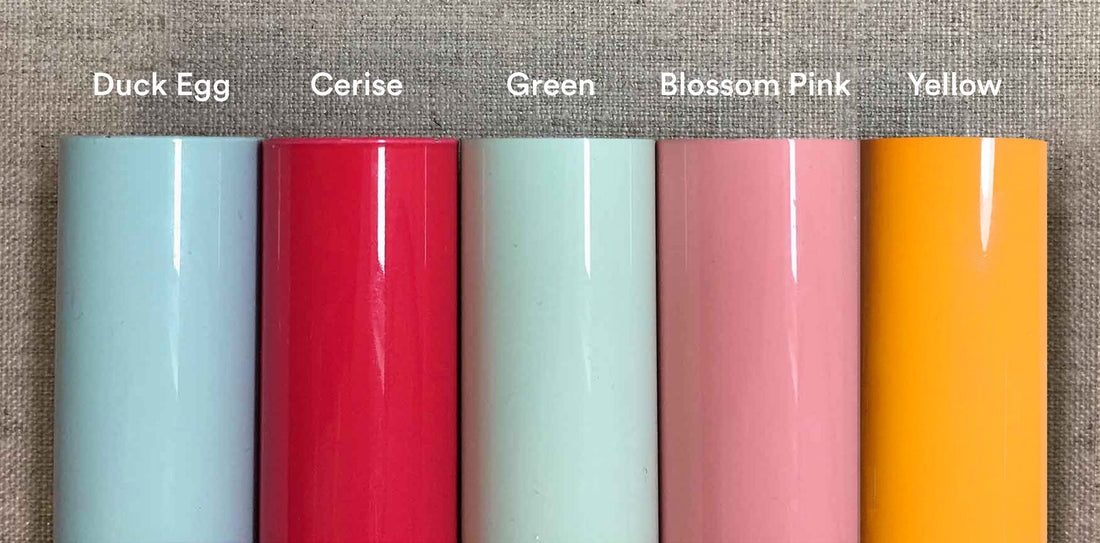The Correct Way to Change Gears on a Bike
Shifting gears is a common technique for cyclists on multi-gear bikes, like hybrid bikes. It allows riders to adjust their pace across various terrains. Doing so, however, can feel a bit intimidating and confusing, especially the first time you try it.
If this sounds familiar, we’re here to give the basic tips to get the hang of it. We’ll also answer some FAQs you won’t want to miss.
How to Adjust Bicycle Gears

(Image Credit: Wikimedia Commons)
You should always have the pedals in motion when changing gears, in order to ensure a smooth transition.
If your bike has two sets of gear shifters, you’ll need to familiarise yourself with the components, so you know which part you’re working on. Chainrings, aka left shifters, are the gears near the pedals, usually with 2-3 options: smaller gears for easier pedalling and larger for harder. A cassette or the right shifter is a set of gears on the back wheel, with many options for fine-tuning your pedalling resistance.
An outer paddle is the one you’ll press to make pedalling easier; it’s used to shift the chain to a smaller chainring on the front gears. An inner paddle is a lot smaller, usually positioned closer to the handlebars. It’s used to shift the chain onto a larger chainring.
Now that you know these parts, you’ll better understand what the next steps refer to.
Shifting to a smaller gear (easier pedal) for uphill or tougher terrains
Push the outer, larger paddle inboard (from left to right) to shift to a smaller chainring. This makes pedalling easier during uphill climbs or tougher terrains.
When you’re riding on flatter or downhill terrain, push the inner, smaller paddle inboard (from left to right) to shift to a larger chainring.
Shifting to larger gear (harder pedal) for speed or downhill
To make pedalling harder and go faster, push the smaller paddle inwards (from right to left) to shift to a larger cog at the back. This allows you to go faster or maintain control on downhill stretches.
And to pedal your way back in a normal stance, push the larger paddle inwards (from right to left) to move to a smaller cog for climbing or tougher terrain.
When Should You Shift Bicycle Gears on Your Adult Bike?
A good rule of thumb is to shift to easier gear when you’re heading up a hill or battling against the wind. For flat terrain, shift to a harder gear. It’s always a good idea to change gears before the terrain changes, especially when you're approaching a hill. And don’t wait until you’re struggling up the incline—try shifting gears before it kicks in.
Tip: Keep pedalling when you shift, but ease off a bit on the pressure. If you don’t, the chain might skip or even fall off.
What Happens if You Change Gears Without Pedalling?
The bike’s drivetrain relies on the motion of the pedals to move smoothly between gears. If you’re not pedalling, there are three scenarios that could happen: your chain will slip, skip, or fall off.
Again, pedal carefully when changing gears, especially when shifting between the front and rear.
Is There a Bobbin Bike That Saves Me This Effort?
Absolutely! Our Shadowplay Bike is a single speed bike that fits the bill. This means it only has one gear and doesn’t have the option to shift between different gears like a multi-gear bike. But if your daily commute means dealing with hills, the Shadowplay could be a great option.
It comes in classic Black, and two kid’s bike sizes: the Shadowplay Junior Junior 20” Wheel and the Shadowplay Junior 24” Wheel. With its lightweight carbon steel frame, it can give you a smooth ride when cycling to work or during leisurely rides.
Bobbin offers a wide range of bicycles, including kid’s bikes, and they are available in single and multi-Shimano gears. Each model has its own product description, including gear information to help you make an informed choice. Be sure to check them out!
Up next on your reading list: On the Chain: How Do Bike Gears Work?








